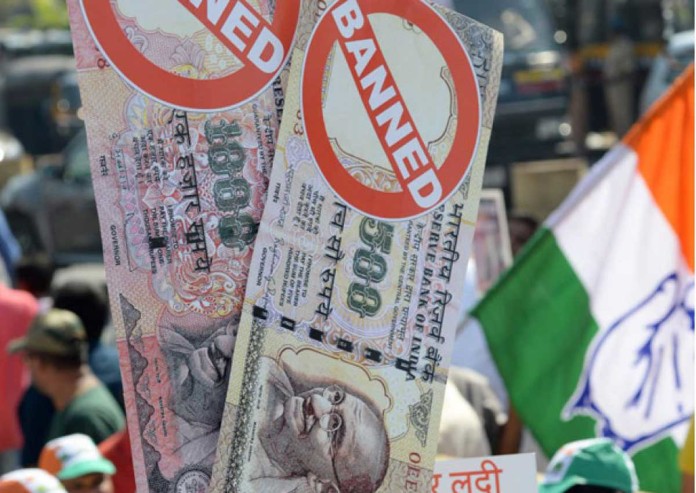For several years, India has been a star performer among Asian economies, with annual output rising continually above the 7 per cent level while China’s growth has eased and other economies slowed.
But India’s short-term prospects have dimmed, according to the Asian Development Bank (ADB).
In a supplement to its Asian Development Outlook 2016 Update report that was published in September, the ADB said on Wednesday that it was cutting its earlier projection that Indian gross domestic product (GDP) would grow by 7.4 per cent this year to just 7 per cent.
This is due, the ADB said, “to weak investments, a slowdown in the country’s agriculture sector, and the lack of available cash due to the government’s decision to ban high-denomination banknotes”.
The decision affecting banknotes, the ADB said, “will likely affect largely cash-based sectors in the country including small- and medium-scale businesses”.
It added, however, that “the effects of the transition are expected to be short-lived and the Indian economy is expected to grow at 7.8 per cent in 2017”.
The impact of the Indian downgrade on South Asia as a whole will be to slow growth in the sub-region to 6.6 per cent in 2016 compared to an earlier forecast of 6.9 per cent, although growth is forecast to bounce back to 7.3 per cent next year.
The impact on “developing Asia” as a whole will be to slow growth in 2016 from the 5.7 per cent growth forecast in September to 5.6 per cent, the ADB noted.
Meanwhile, “economic growth in developing Asia remains broadly stable”, the Manila-based development institution suggested.
“Asian economies continue their robust expansion in the face of global economic uncertainties,” said ADB deputy chief economist Juzhong Zhuang upon the launch of the latest report.
“Structural reforms to boost productivity, improve investment climate, and support domestic demand can help maintain growth momentum into the future.”
Combined growth in the advanced industrial economies has, meanwhile, “exceeded expectations, ticking up 0.1 percentage point to 1.5 per cent in 2016”, said the ADB report.
“Growth in 2017 (for advanced economies) is maintained at 1.8 per cent.
Robust consumer spending supported the US’ supportive monetary policy and improved labour markets fuelling growth in the euro area.”
Growth forecasts by the ADB for East Asia as a whole are maintained at previous levels for 2016 and 2017.
Growth this year will reach 5.8 per cent, with a slight moderation to 5.6 per cent in 2017, the ADB suggested.
Growth in China, the world’s second-largest economy, “is expected to hit 6.6 per cent this year, driven by strong domestic consumption, solid wage growth, urban job creation, and public infrastructure investment”, said the ADB.
The forecast for China in 2017 is maintained at 6.4 per cent.
“In South-east Asia, growth forecasts remain unchanged at 4.5 per cent in 2016 and 4.6 per cent in 2017, with Malaysia and the Philippines expecting stronger growth due to a surge in domestic consumption and public and private investment, compared to lower growth forecasts in Brunei, Myanmar, and Singapore.”
The outlook in central Asia is, meanwhile, maintained at 1.5 per cent in 2016 and 2.6 per cent in 2017, as the ongoing recession in the Russian Federation and low global commodity prices for oil and natural gas continue to dampen growth in the sub-region

This article was first published on December 14, 2016.
Get The Business Times for more stories.






